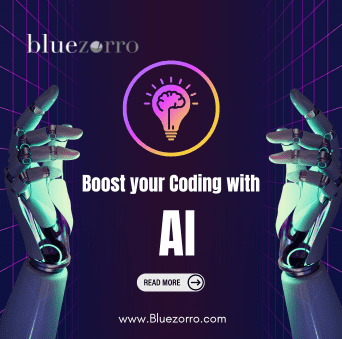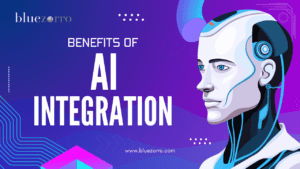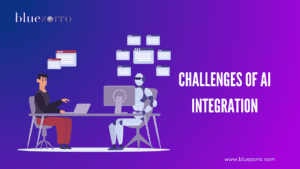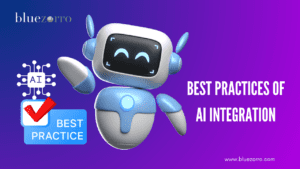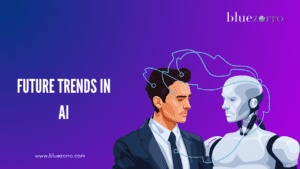In today’s rapidly evolving technological landscape, the integration of Artificial Intelligence (AI) into software has become imperative for staying competitive and meeting the demands of the digital age. From enhancing user experience to automating complex tasks, AI holds the potential to revolutionize software testing across various industries. In this comprehensive guide, we will explore the benefits, challenges, and best practices associated with integrating AI into software.
Understanding AI Integration
Before delving into the intricacies of AI integration, it’s crucial to grasp the fundamental concepts of artificial intelligence. AI refers to the simulation of human intelligence processes by machines, including learning, reasoning, and self-correction. Machine learning (ML) and deep learning (DL) are two prominent subsets of AI that enable software to learn from data and make intelligent decisions without explicit programming.
Benefits of AI Integration
- Enhanced User Experience: AI-powered software can analyze user behavior and preferences to deliver personalized experiences, leading to increased engagement and satisfaction.
- Automation of Repetitive Tasks: By automating repetitive tasks, AI integration frees up human resources to focus on more strategic and creative endeavors, thus improving overall productivity.
- Improved Decision Making: AI algorithms can analyze vast amounts of data in real time, enabling software to make data-driven decisions swiftly and accurately.
- Predictive Analytics: AI-powered software can forecast future trends and outcomes based on historical data, helping businesses make informed decisions and seize opportunities proactively.
- Cost Reduction: Automation of tasks and processes through AI integration can lead to significant cost savings by reducing manual labor and minimizing errors.
Challenges of AI Integration
Despite its numerous benefits, integrating AI into software comes with its own set of challenges:
- Data Quality and Availability: AI algorithms rely heavily on data quality and availability. Ensuring clean, relevant, and sufficient data can be a significant hurdle in AI integration.
- Algorithm Selection: Choosing the right AI algorithm for a specific task requires expertise and experimentation. Selecting inappropriate algorithms can lead to suboptimal results.
- Ethical Considerations: AI-powered software must adhere to ethical standards and guidelines to prevent bias, discrimination, and privacy violations.
- Integration Complexity: Integrating AI into existing software systems can be complex and time-consuming, requiring careful planning and coordination across teams.
- Security Concerns: AI integration introduces new security risks, such as data breaches and malicious attacks targeting AI algorithms. Robust AI security measures must be implemented to mitigate these risks.
Best Practices for AI Integration
- Start Small: Begin with small-scale AI projects to gain experience and build expertise gradually. Starting small allows developers to identify and address challenges early in the integration process.
- Focus on Data Quality: Invest time and resources in data preprocessing and cleaning to ensure high-quality data inputs for AI algorithms. Quality data is essential for achieving accurate and reliable results.
- Collaborate Across Teams: AI integration requires collaboration across multidisciplinary teams, including developers, data scientists, domain experts, and stakeholders. Effective communication and collaboration are key to successful AI integration projects.
- Embrace Continuous Learning: AI technologies are constantly evolving, with new algorithms and techniques emerging regularly. Developers should stay abreast of the latest advancements in AI and continuously update their skills and knowledge.
- Address Ethical Considerations: Prioritize ethical considerations in AI integration projects, including fairness, transparency, accountability, and privacy. Implementing ethical guidelines and conducting regular audits can help mitigate ethical risks associated with AI integration.
- Implement Robust Security Measures: Strengthen security measures to protect AI algorithms and data from potential threats and attacks. This includes encryption, access control, anomaly detection, and regular security audits.
Case Studies of Successful AI Integration
- Netflix: Netflix leverages AI algorithms to analyze user viewing patterns and preferences, providing personalized recommendations that drive user engagement and retention.
- Google: Google utilizes AI-powered algorithms in various products and services, including search, advertising, and natural language processing, to deliver relevant and accurate results to users.
- Salesforce: Salesforce integrates AI into its customer relationship management (CRM) platform to provide predictive analytics, automated workflows, and personalized customer experiences.
- Amazon: Amazon employs AI algorithms for product recommendations, inventory management, fraud detection, and logistics optimization, enhancing the overall customer experience and operational efficiency

